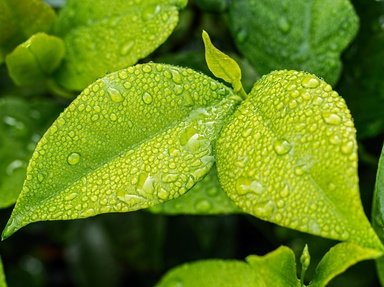Quiz Answer Key and Fun Facts
1. These dandelion-like yellow blooms show up in moist woods and roadsides in early spring without leaves, then their large roundish leaves appear when the flowers are gone. What are they, if they're not dandelions?
2. A leafy stalk about 10"-18" high supports this pretty, pale yellow spring flower, which hangs downward like a bell. What is it?
3. In late summer or fall, this daisy-like plant blooms in the wild as well as some gardens. What flower has yellow petals that are bright yellow around a blackish or dark brown central eye?
4. This little yellow five-petaled wildflower blooms in grassy summer fields, but it's poisonous to grazing animals. The petals are unusually shiny, with a wax-coated look, and form an upright cup shape. What is it?
5. What flower's common name comes from French for "tooth of the lion," referring to the jagged leaves? It blooms a little later than coltsfoot, which it resembles.
6. What yellow flower grows over four feet tall, looks like a small sunflower, but instead of its prize being edible seeds, it grows knobby tubers that can be dug up and eaten in the fall?
7. What yellow wildflower, growing in moist meadows, has unremarkable flowers, but when the seeds are ripe, you don't want to walk by it wearing your new sweater, or let your fuzzy dog near it either?
8. What yellow flower has clusters of blooms bunched toward the top of upright stalks, and opens them quickly in the evening, closing them the next morning? Some people say the blooms glow in the dark, but they do have a guide to nectar that only moths, butterflies and bees can see.
9. Several varieties of clover share a common name, because they all look similar. So hop to it, and tell what naturalized yellow clover grows in fields and waste places in the U.S., although it was originally native to Eurasia and Africa.
10. What wildflower, 12"-18" tall with fern-like leaves and yellow blooms, hates to be touched? The little fronds start to close, even if a bird just walks by to steal one of the pods.
Source: Author
littlepup
This quiz was reviewed by FunTrivia editor
rossian before going online.
Any errors found in FunTrivia content are routinely corrected through our feedback system.
